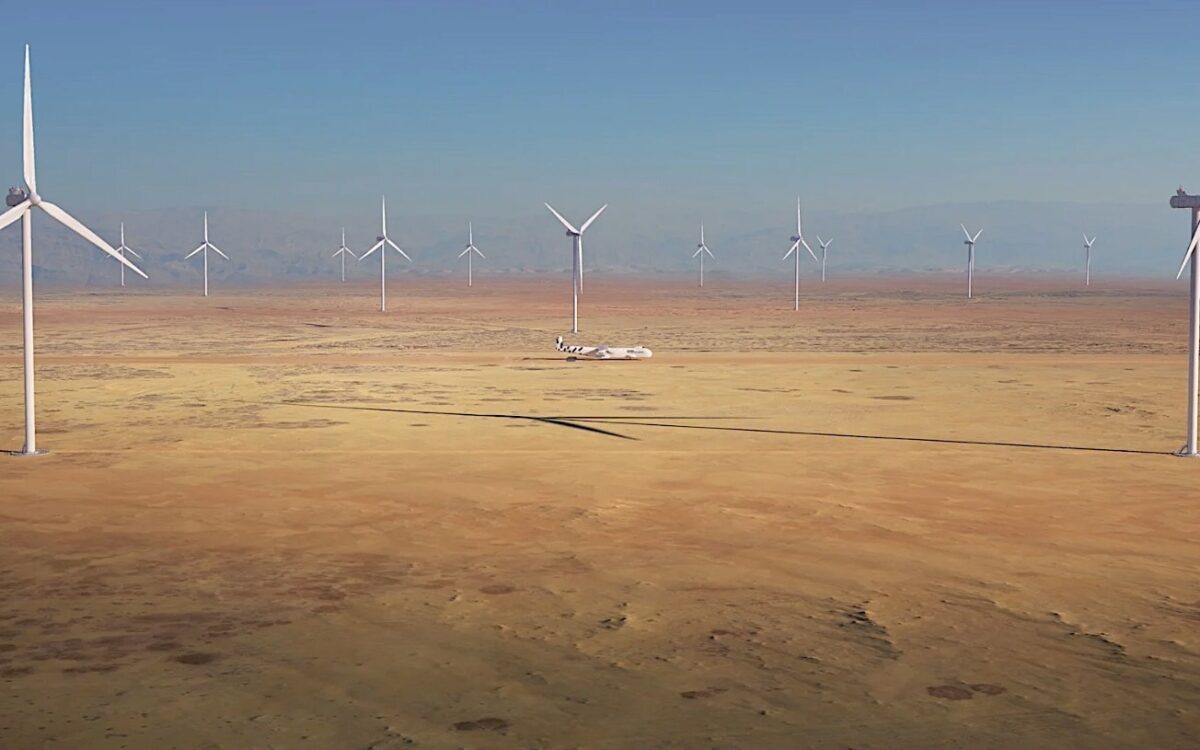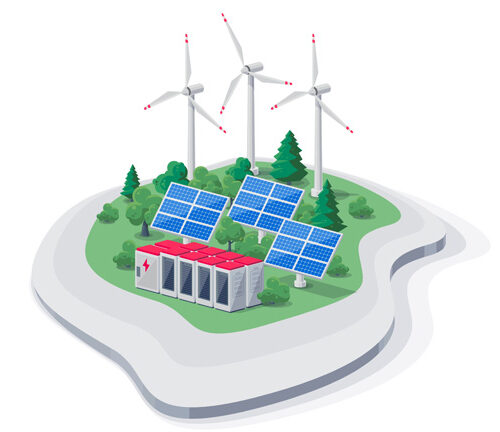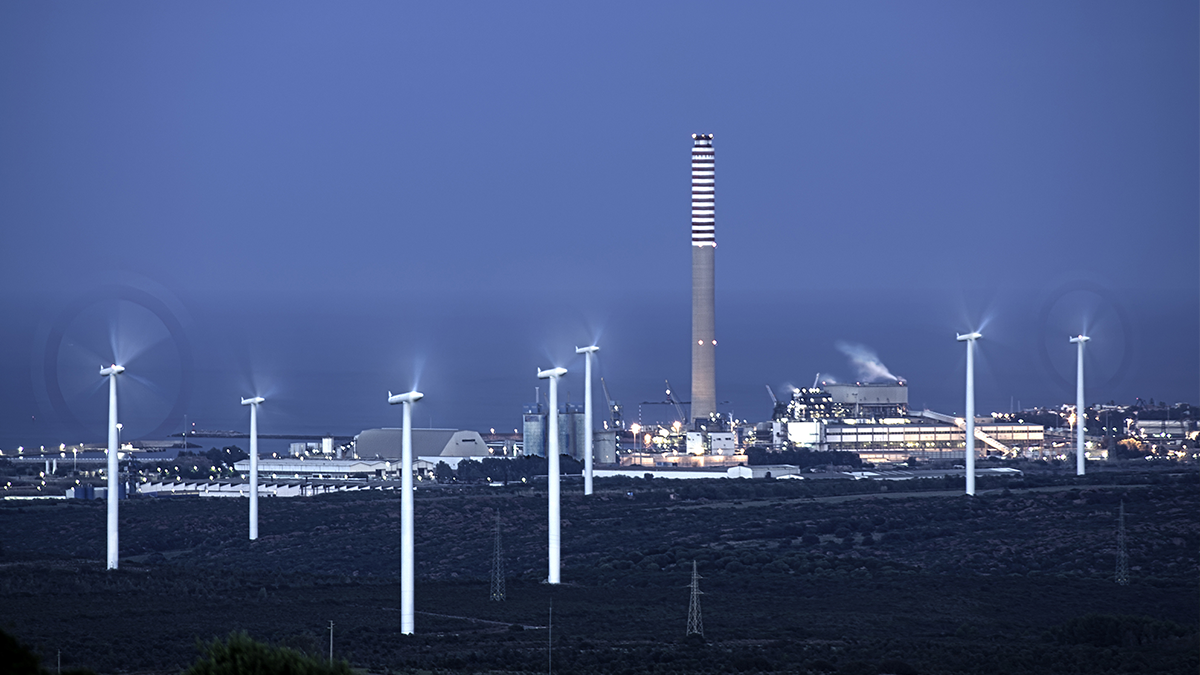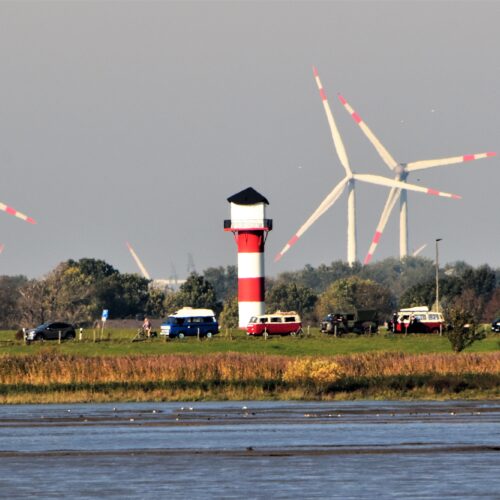The wind energy sector is booming, with ever-larger turbines harnessing the power of nature to generate clean electricity. But a growing challenge has emerged: transporting these colossal wind turbine blades. Enter the WindRunner, a revolutionary aircraft designed to be the world’s largest cargo carrier, specifically built to tackle this logistical hurdle.
The Growing Need for Giant Delivery:
- Wind Power on the Rise: As the world strives for a greener future, wind energy is rapidly gaining traction. Estimates suggest there were roughly 400,000 wind turbines operating globally in 2021, generating a combined 840 GW of power [source needed].
- Scaling Up for Efficiency: The efficiency of wind turbines is directly linked to the length of their blades. With the aim of maximizing energy generation, future blades are predicted to reach lengths exceeding 100 meters (328 feet) [source needed].
- Transportation Woes: Current methods like road trucks struggle to handle these colossal blades, and traditional infrastructure limitations make them impractical for future behemoths.
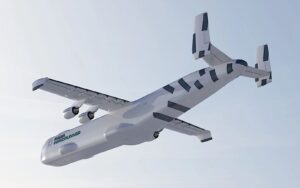
The WindRunner Takes Flight:
- Radia’s Vision: Founded in 2016, Radia, a company with expertise from MIT and Boeing, aims to revolutionize oversized cargo air transport. Their brainchild, the WindRunner, promises to be a game-changer.
- Unmatched Size and Capacity: The WindRunner is poised to be the largest aircraft ever built in terms of both length and volume. Stretching 356 feet (108 meters), it dwarfs giants like the Antonov An-225 Mriya (276 feet) and the Ekranoplan (302 feet) [source needed]. With a staggering cargo capacity of 272,000 cubic feet (8,200 cubic meters), it surpasses even the Airbus BelugaXL (78,000 cubic feet) [source needed].
- Long-Distance, High-Altitude Hauler: This colossal aircraft boasts the capability to transport wind turbine blades up to 344 feet (105 meters) long. It can operate at altitudes of 41,000 feet (almost 12,500 meters) and cover distances of up to 1,240 miles (1,996 km).
Designed for Flexibility:
- Beyond Airports: Wind farms are rarely located near airports. To address this, the WindRunner is being designed for exceptional versatility. It can take off and land on surprisingly short, unpaved runways of just 6,000 feet (1,800 meters).
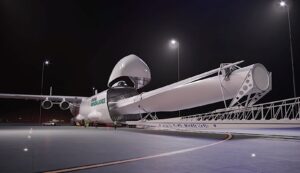
Taking Flight in the Near Future?
With $100 million in funding secured, Radia claims to be “more than halfway” through the development process. While a specific launch date remains undisclosed, the WindRunner appears to be nearing its maiden voyage, potentially ushering in a new era for wind energy transportation.

